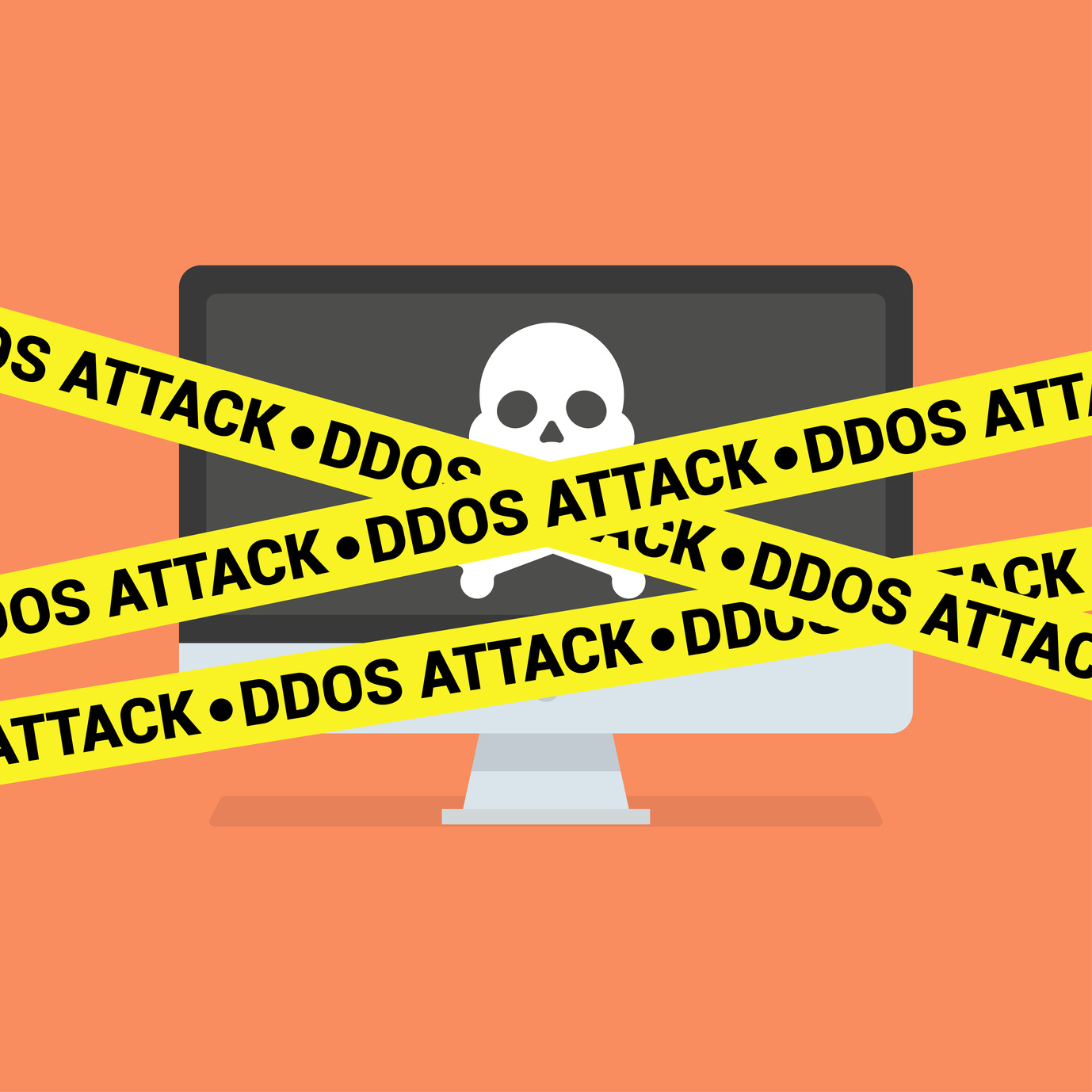The world today is experiencing an increased demand for immediate gratification. People expect instant access to information, and the reasons aren’t hard to pinpoint.
Ever-increasing Internet speeds are allowing people access to information at an unprecedented rate. In a three year gap between 2011 and 2014, Internet speeds increased by 10Mbps.
To put that in perspective, in 2000 a mere 200kbps met the FCC’s definition of advanced Internet services.
Couple this with the 207 million smartphone users in the US, and it makes sense that attention spans are decreasing.
A study by Microsoft Corp. helps bring to light just how short our attention spans have become. People generally can’t focus for more than eight seconds. That’s a one-second shorter attention span than a goldfish.
This impatience also effects website load times. After all, what’s the point of fast internet access if web pages load slow?
An astounding 47 percent of users expect a web page to load in two seconds or less, and that number will surely rise.
Google long ago took note of this trend and incorporated site speed and system downtime into their algorithm.
Keeping pace in modern SEO means keeping pace with shortening attention spans and user demands for speed.
System Downtime
System downtime is never positive. Yes, site maintenance and other small issues force websites down occasionally, but Google remembers even the smallest amount of system downtime.
Understanding why Google punishes websites for their downtime is the key to minimizing its impact on SEO. We’re broken down Google’s rational into three main categories.
Google Loves Crawling
Google indexes your website with its “spider” tool that “crawls” your web pages. Put another way, Google checks your website for new content and backend updates.
When a website greets Google with an error code, for instance, a 500 internal error or 503 response, the website interprets your system downtime and adjusts your SEO rank accordingly.
In general, the longer your site throws an error code, the more Google will penalize your ranking. However, some error codes hurt more than others.
A Moz study found that the 500 internal server errors occurring intermittently caused keywords to drop out of both the top ten and top 20 rankings. The pages in question also received less “crawls” per day. Fewer crawls mean fewer opportunities for Google to record SEO signals and therefore worse SEO potential.
The 500 internal error was also found to wreak havoc during consistent downtimes. Domains dropped anywhere from 5 to 100 positions for tracked keywords.
The User Knows Best
Google is increasingly focused on providing users with the best experience possible. This has continued with the recent release of Penguin 4.0.
Google interprets that your website isn’t user-friendly if you’re dropping keywords and other backend metrics. Inconvenient website’s earn lower rankings.
Former Google employee, Matt Cutts, elaborated on the impact downtime has on user experience during a Google Q&A session.
Cutts said, “If your host is down for two weeks…there’s a better indicator that your website is actually down, and we don’t want to send users to a website that’s actually down.”
Keeping your website active is crucial to providing a positive user experience and winning Google’s favor.
If your website must go down, make sure to issue a 503 error. The error code tells the Googlebot and users that the downtime is temporary. Warning Google allows them to hold off on reducing your search rank.
Site Speed
Site speed is an almost entirely user-based metric. While Google factors things like keywords and links into relevance and other SEO signals, site speed is only factored into the end user experience.
We’ve already touched on how impatient users are, but that impatience that is critical to understanding site speed. In fact, the site speed metric exists because of user impatience.
The term site speed refers to how quickly a web page loads. Several metrics measure actual loading time:
- Document complete time measures how fast a web page becomes interactive.
- Fully rendered refers to when your web page is fully loaded with advertisements and all background elements.
- Time to First Byte refers to how long your browser takes to receive the first byte of a response from a web server after requesting a URL
- Page Size is the total amount of bytes that make up your page vs. how long the page takes to fully render
How to Optimize Your Speed
The goal of increasing site speed is tailoring your website to capitalize on each metric. For instance, the page size is an easy metric to optimize for. Decreasing your overall page size will usually decrease your time to full render.
Other metrics are harder to capitalize on. All load time metrics can benefit from a better host, but better hosting costs money. Likewise, optimal HTML structure and web compression are hard to implement for the average user, but both guarantee increased site speed.
Other, easier, methods for increasing site speed are avoiding flash and reducing your image sizes. It’s important to optimize for every metric possible when seconds matter.
Wrapping It All Up
Site speed and system downtime are two important metrics that Google uses to determine SEO rank. Each has an effect at the algorithm level, but it’s important to remember that Google’s focus is ultimately on end user experience.
Anything about your website that hinders user experience is likely to hurt your SEO.
Ask yourself this: are there any elements to your website that you dislike or that make use difficult? Does your website load slowly, is it always going offline?
If your answer is yes Google has already penalized your search ranking. Our product makes sure that website downtime no longer affects your search rank.
We understand that time is of the essence, and provide users with real-time website monitoring and instant alerts to any errors or issues. We also offer a custom API for deep integration into website diagnostic data.
Our companies goal is to keep your customers engaged by keeping your website online.
If you have any further questions about our product, please contact us here. We’re always eager to help new customers.




